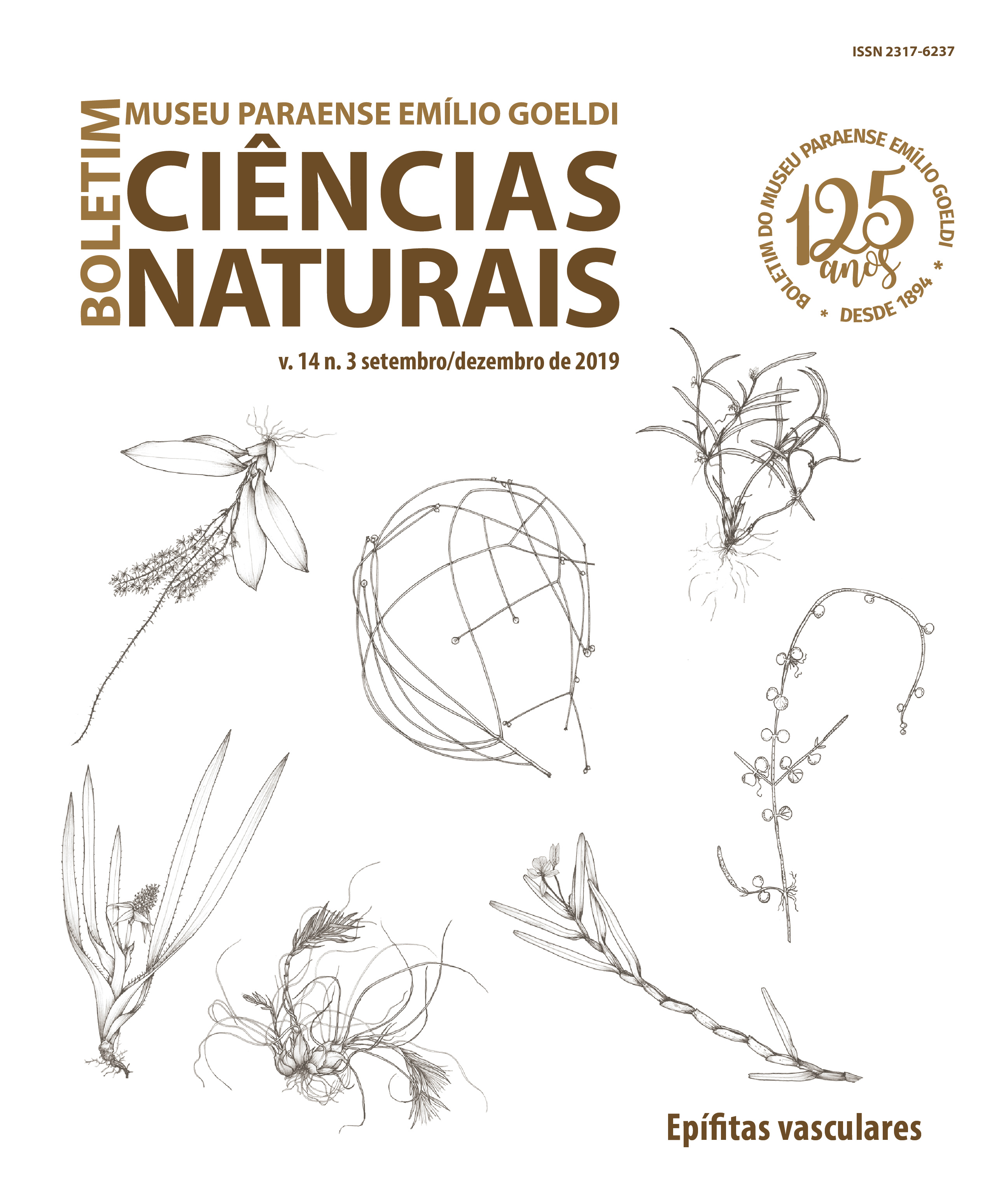Production and partial characterization of aspartic proteases synthesized by Lentinus crinitus (L.) Fr. 1825 DPUA 1693 (Polyporaceae)
DOI:
https://doi.org/10.46357/bcnaturais.v14i3.232Keywords:
Mushroom, Bioprocess, Peptidases, Lignocellulosic residuesAbstract
Proteases have high industrial application and, in recent years, mushrooms have stood out as natural and renewable sources of these biocatalysts. The objective of this research was to evaluate the production and characterization of the proteases synthesized by Lentinus crinitus Fr. 1852 DPUA 1693. The matrix culture was prepared in potato dextrose supplemented with 0.5% (w/w) yeast extract and maintained for 8 days at 25 °C. Then, L. crinitus was cultivated in a mixture of rice bran and tucumã seed, for 15 days at 25 °C. The proteases were extracted in sterile distilled water, and proteolytic activity was determined in the crude extract using azocasein 1% (w/v) as substrate. The conditions favoring the synthesis of these enzymes were: initial pH of the culture medium (8.0), fermentation time (12 days), inoculum age (six days), and inoculum size (10%). The proteases showed the following biochemical characteristics: optimum pH (6.0), optimum temperature (50 °C), stability in pH range (5.0-6.0), and temperature (30-50 °C). Proteases were stimulated by Mn2+ ions and classified as aspartic proteases. These biocatalysts have the potential to produce cheese, breads, and beverages.
Downloads
Published
Issue
Section
License
Publication means fully assigning and transferring all copyrights of the manuscript to the journal. The Liability Statement and
Assignment of Copyrights will be enclosed with the notice of acceptance. All the authors must sign the document and return it to the journal.








